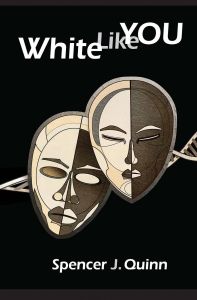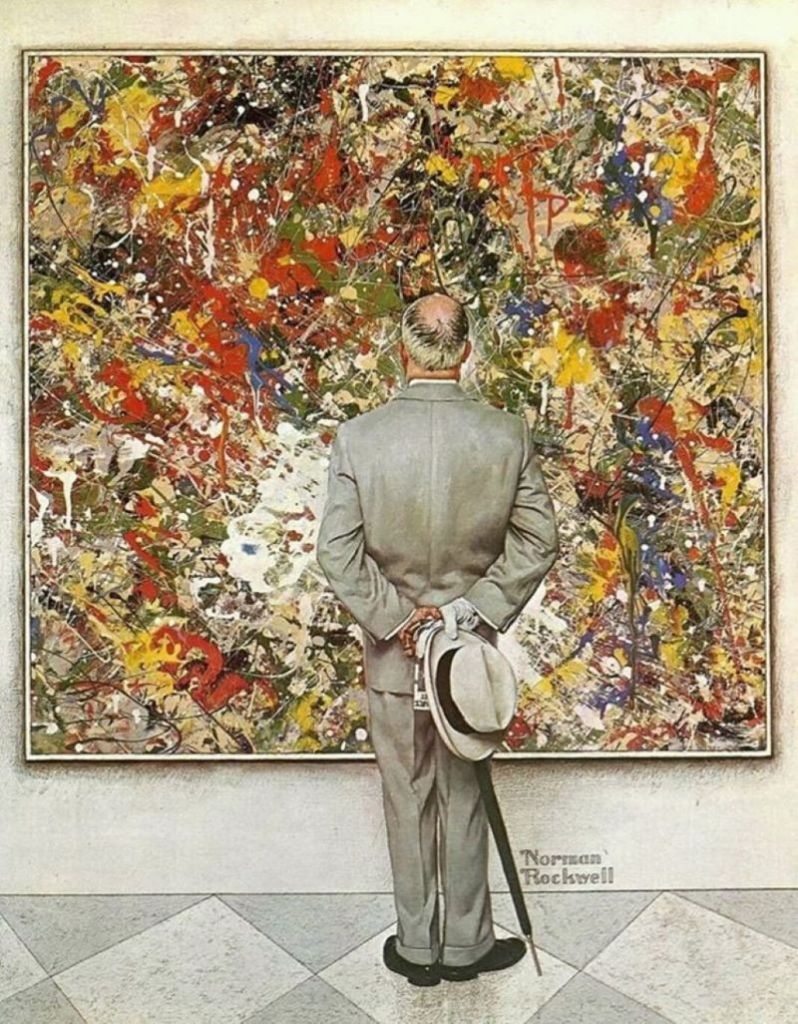On Generational Identity
Posted By Spencer J. Quinn On In North American New Right | Comments DisabledWhen I was kid I went through a pretty intense Beastie Boys phase. I remember it fondly, but I am sure it made me quite obnoxious to anyone who knew me back then. One of the things I did to broadcast my love and devotion for the first rap group to ever hit #1 on the Billboard charts was to pin the cover of said album on my bedroom wall. It was called Licensed to Ill and looks like this:
Yes, that is an airliner slamming into the side of a cliff made to resemble a squashed blunt. And yes, the “3MTA3” on the side of the plane reads “EATME” when you look at it in a mirror. Back then, I thought it was the coolest album cover of all time. It was bratty and rebellious, sure. But its primary appeal for me was how its subversive subtext overshadowed its literal content simply because that literal content was so absurdly catastrophic. While airplanes have been known to collide into cliffs [3], such tragedies were rare enough at least in the minds of late 1980s and early ‘90s American teenagers not to put them off from buying Beastie Boy records. Of course, no one actually wants an airplane to crash, much less celebrate such a disaster. Kids of my pre-9/11 generation understood this right away, and so latched on to the meta-meaning of this image: it’s okay to be a rebel, just never lose your sense of humor about it.
My father was quite the rebel himself — as a kid I remember seeing The Dispossessed Majority in his small library, and he once tried to sell me on Instauration back in the 1990s. He also had a sense of humor. But this album cover he did not get. I remember him standing before it for about a minute, trying to figure out why his son had such a grotesque and destructive image on his bedroom wall. He then looked at me like I was crazy and left.
Have you ever seen the 1962 Norman Rockwell painting The Connoisseur? It was kind of like that, but a good deal less respectful. Familiarity breeds contempt, and all that.
I bring up this anecdote to illustrate a point about generational differences and generational identity. Jim Goad has written and spoken about this topic [5] extensively [6], and has repeatedly made the point that — well, let’s just let the man speak for himself, shall we?
If you haven’t been paying attention, there’s been escalating intergenerational hostility across our fair land, and people are increasingly identifying with dumb, media-manufactured generational names — AKA Baby Boomers, Gen X, Millennials, and Gen Z — as if they were scientific categories that are predictive of human behavior rather than arbitrary designations along the lines of Virgo, Capricorn, Scorpio, and Leo.
It’s some weird new metastasized form of identity politics. And, since it comes with the turf, these groups are blaming each other for all that ails the world.
It’s dumber than astrology, and I’ve already covered that, but this intensely stupid way of framing the world refuses to die.
 [7]
[7]You can buy Spencer Quinn’s novel White Like You here [8].
I agree with Goad on this. Categorizing people based on when they were born and then judging them for things they cannot control, or for simply having an opinion that might seem old-fashioned or newfangled, is a worthless way to interact with people. I’d elaborate further, but since Mr. Goad has beat me to the punch by several years, I would recommend checking out his two articles I linked above. I will say, however, that I have no problem with generational identity as long as it’s not taken seriously — as with this classic Babylon Bee [9] article — or used to focus on the positive things different generations bring to the table. A pair of trivial points, yes, but that’s not the point of this essay.
As with my father not comprehending or appreciating the layered — albeit juvenile — irony of that Beastie Boys cover, I have discovered that generational differences between Americans born before the end of the Second World War and Americans born after it are very real indeed. It’s as if Western history took a sharp left turn after 1945, and anyone who hadn’t experienced firsthand what the world was like before that date was somehow different than those who had — different in outlook and temperament, it seems. It’s not a perfect distinction, of course (what is?), but it fits my experiences quite well. Regardless of whether you were my family, neighbor, or colleague, if you were born before 1945, you were likely not going to “get” that particular Beastie Boys image (to say nothing of their music). And if you were born after 1945, the odds increase with your birth year. My father was born in 1932, during the Great Depression, so this made sense. Going from “King of the Road” to King Ad Rock would seem like a bridge too far for most. Why would anyone need to fight for their right to attend a party? And what the hell is a four-bit room, anyway?
So why is it like this? Since this entire topic is fairly subjective to begin with, I can only offer food for thought, not a buffet line of research. My guess is that 1945 marks the end of the old world — the modern period, if you will — which is sandwiched between, say, the Enlightenment period and today’s postmodern one. In 500 years, when historians start considering the world wars and the Russian Civil War as different stages of the same conflict, they will characterize the period immediately after it by the rise of mass immigration, the decline of Christianity and nationalism, the general loosening of sexual mores, and an egalitarian humanism which denies the biological realities of race and gender – basically, the unraveling of centuries of white civilization.
I could have included things such as liberal democracy and globalism, too, but these existed prior to the Second World War, albeit in different forms than we have today. Note also that the phenomena I mentioned are very difficult to reverse, and represent a 180-degree turn away from what came before. It’s the forbidden fruit of Genesis, in a way — knowledge that doesn’t exactly make one a better person and is something one can’t readily unlearn. A child who is taught the basics of feminism by recidivist-hippies in grade schools and bombarded with anti-white accounts of history in movies and television will probably have a vastly different worldview than someone raised in the public schools of the 1920s, when Christianity and patriotism were all but mandatory in many parts of the country. And this lasts for life. People born in the old swamp are going to have a different wiggle to their jiggle than those born in the new. That’s just the way it is.
I consider myself a white patriot and race realist who lives a fairly moral life, but I am quite sure my life history would fall short of the rigid expectations of many cultural influencers back in the day, starting with that Beastie Boys cover. How could anyone snigger ironically while watching 219 people get incinerated against the side of a cliff?
Like I said in my review of Knut Hamsun’s great novel Growth of the Soil [10], corruption is sweet. And once you get a taste, you only want more.
So it’s not really about when a person was born, but whether he was indoctrinated at a young age in a Leftist milieu. I once worked with a very nice young woman who was raised in rural Virginia in what she called an isolated Christian cult. Sure, she would roll her eyes at some of the silly things her people said and believed, and she made pains to indicate that she was no longer part of that so-called cult. But dealing with her was eerily similar to dealing with my pre-baby boom mom and dad. My colleagues and I had to watch what we said when around her because she was easily discomfited by anything postmodern. She was what we would today call a millennial, but in many respects she may as well have been born in 1930.
Another anecdote to illustrate my point: My family and I were at an amusement park a few years ago, and I saw a white family of four approaching. They were healthy and good-looking, yet I instantly knew they were not American. How? They were not overweight, and they were not covered in tattoos. They were also not wearing sports jerseys or clothing emblazoned with words, children included. Sure enough, when they got close, I heard them speaking Russian. This reminded me of a friend I once had from the former Soviet Union. Like my ex-Christian colleague, he would be called a millennial today, but he came of age during the very difficult 1990s in Russia and was largely ignorant of the postmodern corruption of today’s West until he got here as an adult. As a result, he was not that much different in outlook and temperament than my dad.
As all this subjective data collects in my mind, I can’t help but conclude that although the precise date of one’s birth does not necessarily contribute to such cultural differences, in America at least it can serve as a fairly reliable bellwether regarding the pre/post-1945 divide, which characterizes much that is crucial about today’s postmodern world. Any differences between baby boomers and the people who came after them become trivial in comparison.
 [11]
[11]


